Summer is in full swing which means most of us Maltesers spend whatever free time we have near or in the sea. We tend to think that our waters are safe, and for the most part, they are (the worst thing most of us will ever suffer is a jellyfish's sting or stepping on a sea urchin.)
But are there more dangers lurking down below? Creatures may cause harm by getting stepped on or brushed against, but there are also fish that are poisonous to consume or dangerous to approach. Read on to stay safe!
1. Pufferfish, Tetraodontidae
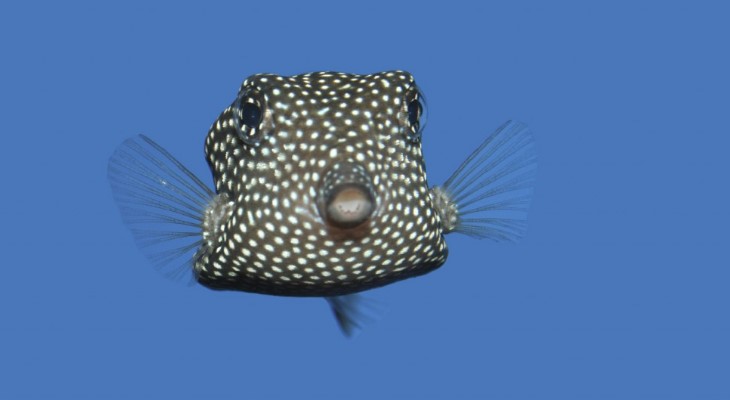
This is the second most poisonous creature on the planet after the Golden Poison Frog. Stay away! It is poisonous to touch and its tissues contain tetrodotoxin, a powerful neurotoxin which, if ingested, affects the nervous system, urinary system and cardiovascular system. An affected person may also experience sweating and weakness prior to complete respiratory failure and cardiovascular collapse within 20 minutes to six hours (scary!)
2. Silver-cheeked toadfish, Lagocephalus sceleratus
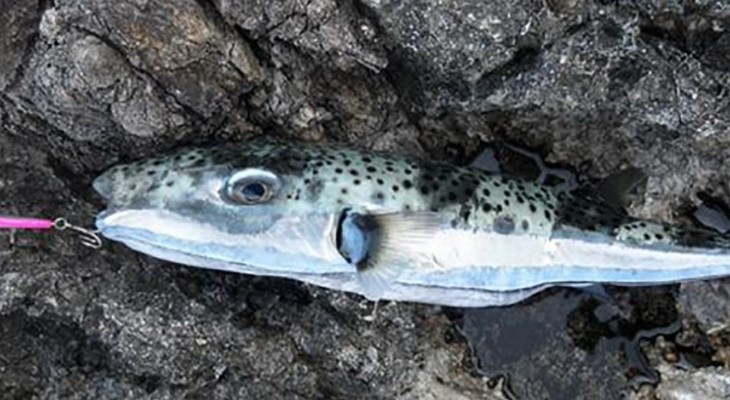
Photo: Martin, via Wikimedia Commons
This is a particular type of puffer fish which is very new to our waters so it deserves an independent mention, particularly for the benefit of fishermen. The effects of ingesting tetrodotoxin, the toxin present in this fish, have been described above.
3. Scorpionfish or rockfish (Skorfna/Skorfnott), Scorpaena genus
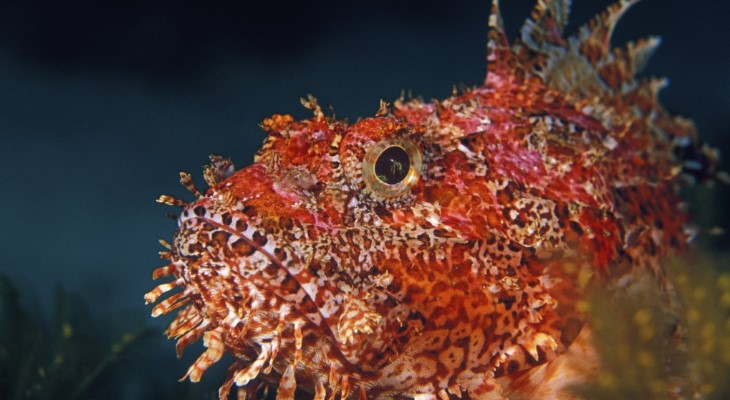
This fish is very good at camouflage, and looks like a piece of coral or sand covered rock, so watch your step! Scorpion fish have venomous spines on their back and fins with a groove and venom sack. A scorpion fish sting causes intense pain and swelling at the site of the sting. The venom will severely affect the respiratory system, cardiovascular system, urinary system and nervous system, including delirium!
4. Spotted Weaver (Tracna), Trachinus radiatus
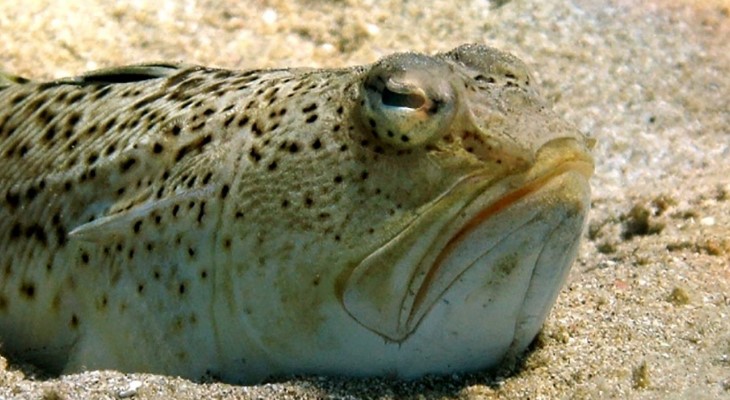
Photo: Roberto Pillon, via Wikimedia Commons
Generally found in the sand, this fish has a poisonous black spiny ray as well as two transparent poisonous stings on the orbital line. Its venom provokes human reactions ranging from mild irritation to extreme pain and even death.
5. Bearded fireworm (Busuf), Hermodice carunculata
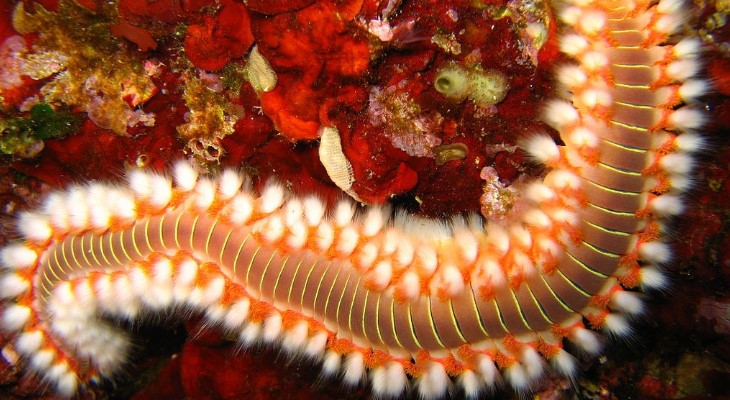
Photo: West Brom 4ever, via Wikimedia Commons
Commonly found on reefs, under stones in rocky areas of the sea, and on some mud bottoms. The venomous white bristles on each side flare out when the worm is disturbed; they are extremely poisonous to touch, causing severe burning to the skin and excruciating pain as well as nausea and dizziness. As first aid, application and removal of adhesive tape will help remove the spines, while applying alcohol or ice to the area will help alleviate the pain; a hospital visit may be necessary.
6. Moray eel (Morina), Muraena helena
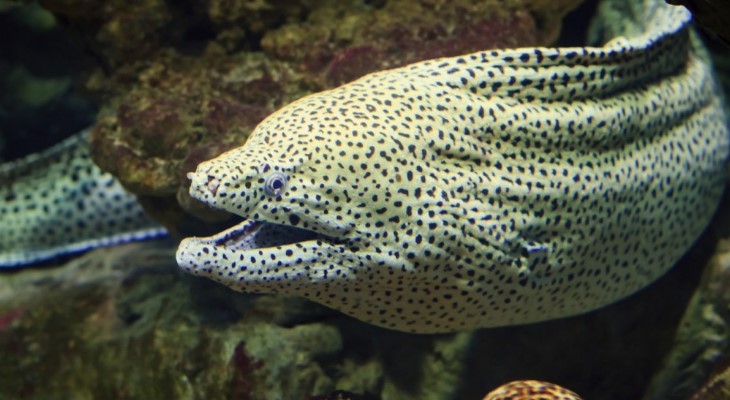
During the day it hides in crevices where it is generally only a threat to divers or snorkellers who tease it, but at night it hunts in open water. It will not hesitate to attack if disturbed and it is known for "locking" its jaw such that it must be killed before its painful grip can be prised open. This happens because the vicious moray has a secondary, alien-like pharyngeal jaw which grabs prey and drags it towards it oesophagus for swallowing - even the moray itself cannot control this mechanism.
7. Barracuda (Barrakuda), Sphyraena genus
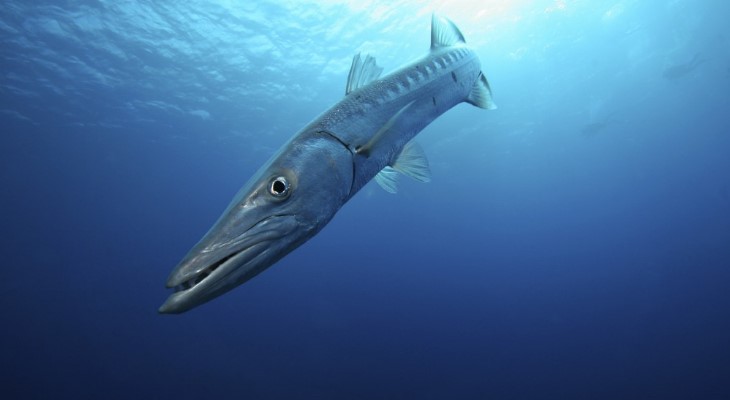
Barracudas have sharp-edged fang-like teeth, much like piranhas, that are all different sizes and set in sockets of their large jaws. Barracuda prey primarily on fish which may be as big as themselves; they kill and consume larger prey by tearing chunks of flesh! Divers should not attempt to hand feed or touch.
8. Great White Shark (Kelb il-bahar abjad), Carcharodon carcharias
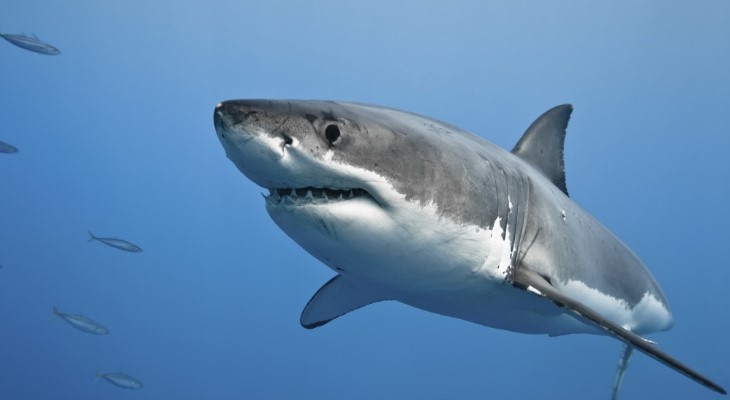
Attacks by great white sharks have occurred off Malta, Gozo, Sicily and the Greek islands this century. Populations are sparse though, and the sharks tend to remain at great depth. The more commonly sighted blue shark (Prionace glauca) is quite harmless and should not be feared and/or killed.
9. Stingray (Boll), Dasyatis pastinaca
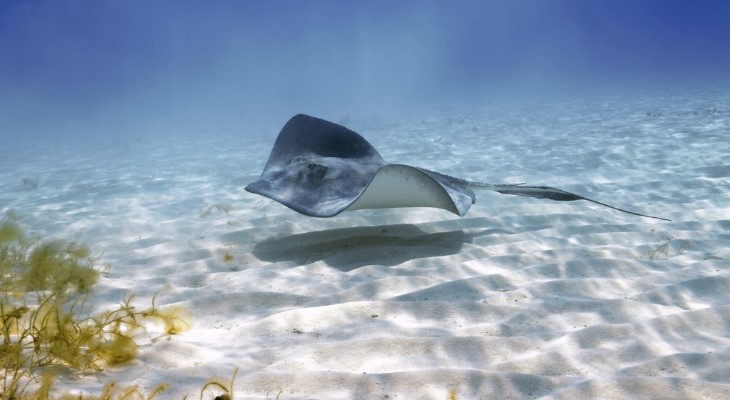
The common stingray typically inhabits sandy or muddy habitats in coastal waters, often burying itself in sediment. There are several varieties of stingrays, such as the marbled electric ray (Torpedo marmorata) - do not step on any of them as they may give you a jolt!
10. Portuguese man o’ war, Physalia physalis
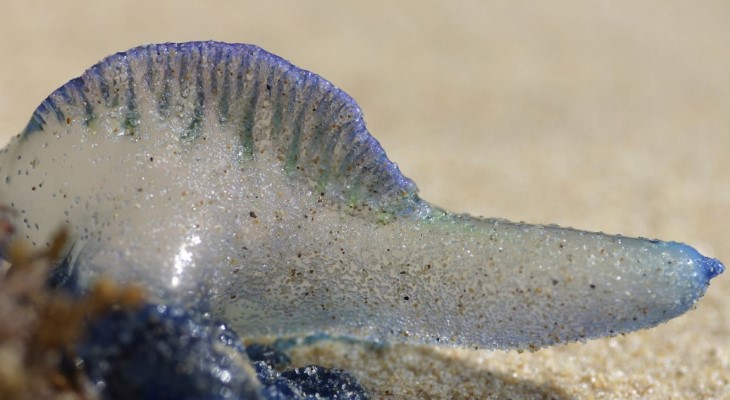
Contrary to popular belief, this extremely dangerous marine hazard is not actually a jellyfish but consists of a colony of specialised gelatinous organisms, which sail in an air-filled bladder called the marissa. The effects of a sting may be lethal, and are "similar to red-hot wire being pressed against the skin;" the pain is so severe that it may induce heart attacks and medical attention is essential. If stung, get out of the water and douse skin in vinegar or urine to ease the pain, or sea water if unavailable, but never fresh water. Seek medical attention immediately.
11. Jellyfish (Brama), Cnidaria
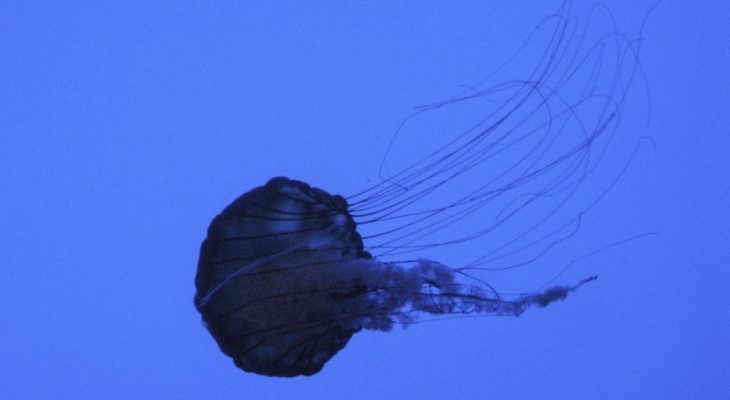
The most dangerous poisonous creatures you are likely to meet in popular swimming areas are jellyfish. Some of the ones found around Maltese waters can cause great pain and leave scars. The Mauve Stinger or Pelagia noctiluca is the most commonly found in our waters and has a painful sting; meanwhile, 'the fried egg' jellyfish appears around September and is harmless. If stung, treat as described for the Portuguese man o’ war.
12. The sea urchin (Rizza), Echinoidea
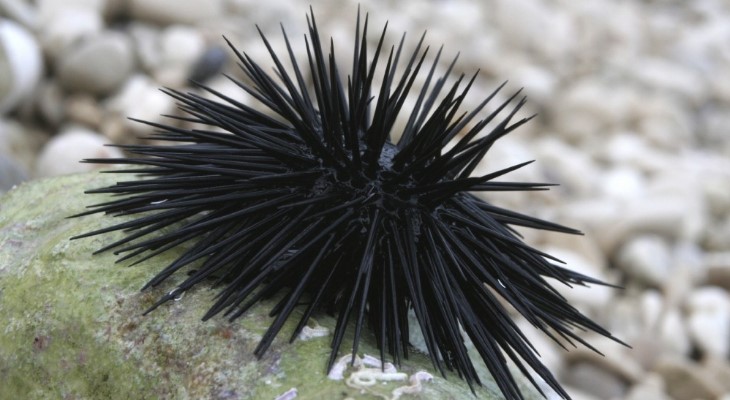
The stony sea urchin is a common hazard, as its spines get lodged in your foot if stepped upon. Common colours include black and dull shades of green, olive, brown, purple, blue, and red, so look out before you step on rocks. If you tread on one of the spines, extract it with tweezers; and take care not to crush a spine embedded under the skin - it may become impossible to remove.
But don't panic!
This all being said, there is no need to panic. The most common hazards are the relatively innocuous sea urchin and the jellyfish. The fireworm and morray eel probably come up next. Scorpion fish are mainly found around rocky areas, whereas stingrays prefer sandy bottoms, although they tend to swim away as the sea fills with swimmers. The other species are not so commonly found in close proximity to the shores, especially within beaches frequented by masses of people - but divers and fishermen should take care.
In any case, most of these fish don't directly attack humans, they just lie there and one has to disturb them or step on them to get stung or bitten. So with a little care, you can easily stay safe!